Behind the facade of counterfeit consumables
November 28, 2015 11:17 am
What manufacturers need to know when purchasing plasma torch consumables
Ask any original equipment manufacturer (OEM) to share their critical business challenges, and they are likely to raise common issues such as quality control, efficiency levels, budgeting, and inventory management. However, with the advent of technology and globalisation, modern OEMs are now faced with yet another area of concern – the proliferation of counterfeit products.
Counterfeiting has evolved over the years, from being largely localised operations into highly profitable global businesses with mass production facilities, international sales, and complex global distribution networks. According to the International Chamber of Commerce (ICC), the value of global counterfeit goods is expected to exceed $ 1.7 trillion by 2015.
In the past, counterfeiting used to be more prevalent in consumer goods, but counterfeiters have started to target highly sophisticated and engineered products in recent years, and B2B companies are similarly at risk to product piracy. One such example is in the consumables of plasma cutting systems, such as nozzles, electrodes, and swirl rings.
Counterfeiting in plasma cutting consumablesPlasma cutting makes use of an electrically conductive gas, such as nitrogen and oxygen, to cut through conductive materials. A typical plasma cutting system consists of the power supply, an arc starting circuit, and a torch. The torch serves as the holder for the consumable nozzle and electrode, and provides cooling (either gas or liquid coolant) to the consumables, while the nozzle and electrode constrict and maintain the plasma arc.
Today’s high precision plasma cutting systems are capable of producing cut parts of higher quality at faster speeds, with little or no post-production processes. Yet, a plasma system is only as good as the consumable parts in the torch. Even with the latest advances in technology and torch design, a high performance plasma system can become mediocre when inferior consumables are used.
So what constitutes a counterfeit? Counterfeits are products made in exact imitation of something valuable or important, with the intention to deceive or defraud a customer into thinking that the product is an original. There are various reasons as to why an end user would unknowingly purchase counterfeit consumables. More often than not, the relatively lower price is what attracts them, as counterfeit consumables are known to sell for minimally 30 percent lesser than the original. As counterfeits are usually close copies of the genuine product in appearance, at times, end-users may actually be unaware of their counterfeit purchase, and are misled to think that they are getting a good bargain instead. Why go original?Unlike the OEMs, most customers are probably unaware of the dangers and consequences of using counterfeit consumables. It may also be a challenge for them to identify the counterfeits. Poor equipment performance that is directly due to the counterfeit consumable is mistakenly attributed to the product’s brand instead. In turn, this creates the false impression that the original equipment is unreliable, which negatively impacts the company’s branding, credibility, and reputation.
Here, five reasons are highlighted why the use of counterfeit consumables can be more counterproductive than beneficial.
QualityNon-genuine consumables are manufactured only with quick profit in mind. Often times, they are manufactured with techniques that focus primarily on rapid mass production instead of quality. Counterfeit suppliers lack the stringent manufacturing processes found in original products, and they simply replicate the parts used in the most popular manufacturing equipment with no proper quality control and checks. They also tend to use the lowest cost materials that are more prone to wear and tear. As a result, the copies may look the same but they lack the quality and durability that original consumables offer, often resulting in poor cutting capabilities. In most cases, the performance of the counterfeit consumable is inconsistent and unreliable, which significantly increases downtime. Actual photographs of the manufacturing facility of an OEM (Hypertherm). In comparison, the factory is well organised with clearly segmented work areas, and well-maintained equipment.
PerformancePlasma torches are precision devices and the corresponding consumables are manufactured to extremely tight tolerances with critical dimensions. Any deviations from the original measurements will have an impact on the overall cutting performance of the plasma system. While these counterfeit consumables still allow end users to cut metal, there are clear differences or inconsistencies in cut part quality, cutting speed, and consumable life when compared to the originals. Incorrect manufacturing of the consumables may cause internal torch damage or failure.
In addition, OEMs often utilise patented or proprietary technologies in the design of their consumables. Counterfeit consumables lack the enhanced performance and features associated with the proprietary technologies, which means that customers end up not enjoying the benefits conferred by these technologies, and not realising the full potential of the plasma system. Hence, the use of counterfeit consumables significantly impacts the overall cutting performance of the system. Results of an actual cutting trial conducted by an end user with Hypertherm, that compare the cutting performance using Hypertherm’s CopperPlus electrodes versus its counterfeit. The trials were conducted simultaneously on 2 separate cutting tables under similar conditions, on mild steel plate of varying thickness (8 mm, 10 mm, and 12 mm). It was found that the original consumable performed up to 5 times better in terms of cut length and number of pierces. (Source: Hypertherm)
SafetyDuring cutting, a large amount of energy is required to generate the plasma arc, and temperatures can go up to 25,000 C. To reduce costs, counterfeiters manufacture their consumables with low quality metals. Unlike the originals, the counterfeits may not be able to withstand the high temperatures emitted during plasma cutting, and the torch could possibly overheat as a result. Apart from the choice of materials, consumables that are out of tolerances may also be prone to overheating. Consequently, this might cause the torch or plasma system to malfunction or breakdown, which will significantly increase downtime.
After-sales supportMost OEMs provide post-sales technical support for their products. Unfortunately, troubleshooting may not be possible if unknown parts were used in the lead up to a damaged torch or plasma system. Some manufacturers do not provide warranty for torches if the damage was caused by the use of counterfeit consumables, while some OEMs may even revoke the warranty for the entire system. Companies who choose to purchase counterfeit products will inevitably find themselves at the losing end in such situations.
Overall costsCounterfeit consumables may cost a fraction of the price, but they typically also last only for a fraction of the cutting lifespan when compared to the genuine products. As such, frequent replacement becomes a necessity. Additional post-cutting processes like edge reworking may also be necessary due to the poor and inconsistent cut quality rendered by the cheap copies. Irrevocable damage may also occur from the use of counterfeit consumables, causing impairment to a valuable piece of equipment, which could result in irreplaceable production downtime and loss of business.
The true cost of cutting metal is multifactorial and it includes: the quantity of consumables used over a period of time; the time and labour spent on changing the consumables, and on fixing poor or inconsistent cuts; the cost of lost production (during changeovers), lowered productivity, as well as business loss associated with the use of counterfeit products. Factoring in these costs, the initial savings at the time of sale becomes insignificant when compared to the additional expenses in the long run.
ConclusionFor all the perceived costs savings, counterfeit consumables are, in fact, a huge liability to businesses and are more trouble than what they’re worth. Using genuine torches and consumables for your original plasma cutting system is the only way to ensure optimal performance. Not only do the original products last longer and perform better, they are also machined to the highest quality standards and offer superior results with the latest performance-enhancing technologies. Purchasing a plasma cutting system is a significant investment in itself so why risk it for something that offers so few benefits? The only way to protect your investment is to only use genuine consumables. n
Authored by__
Lester Lee, Regional Marketing Manager, Hypertherm Asia Pacific Mary Allen, IP Protection Manager, Hypertherm Inc.Sanjay Kumar, Consumables Sales Manager, Hypertherm India
Cookie Consent
We use cookies to personalize your experience. By continuing to visit this website you agree to our Terms & Conditions, Privacy Policy and Cookie Policy.




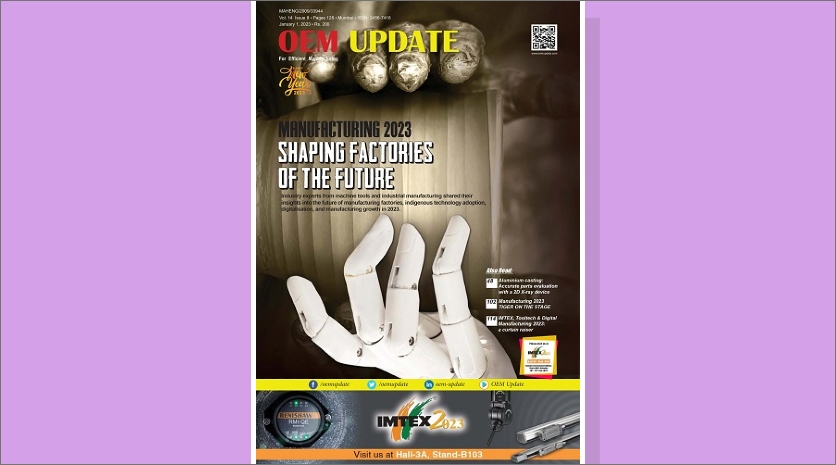
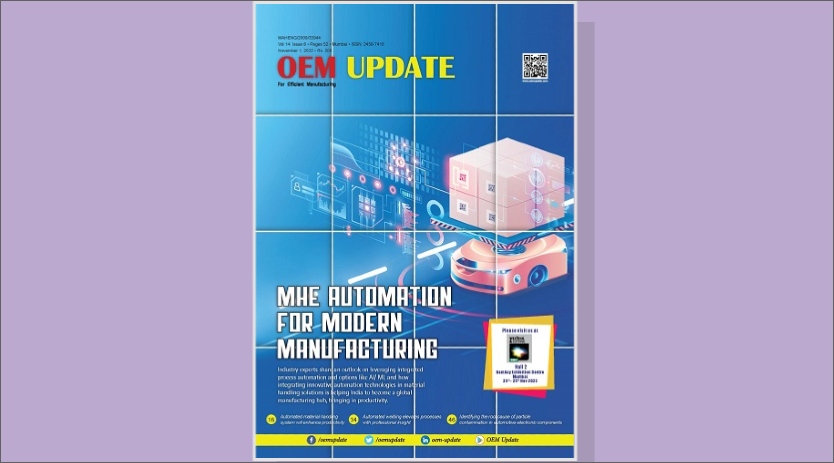

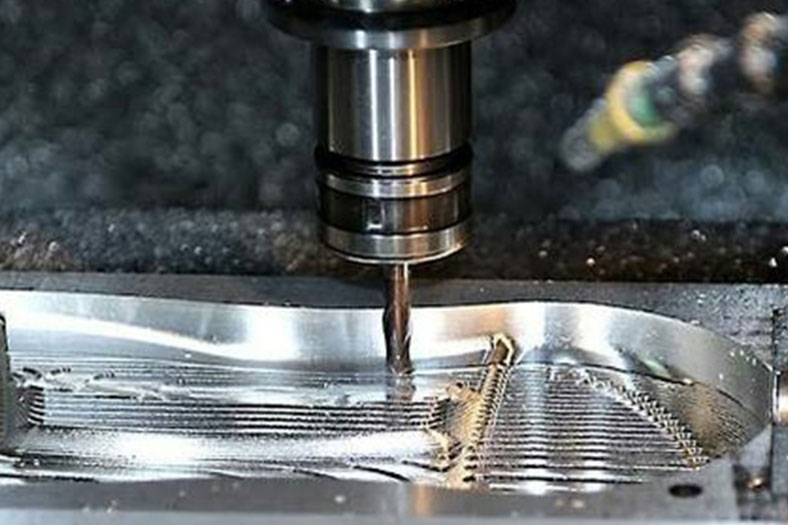
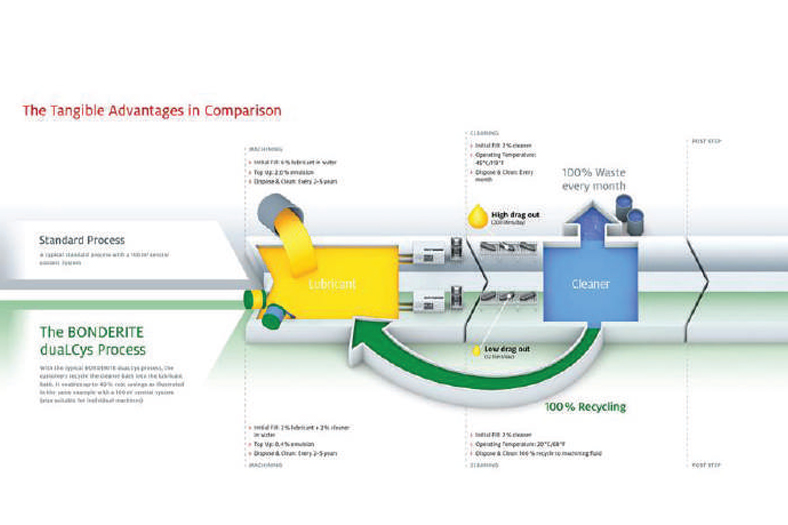

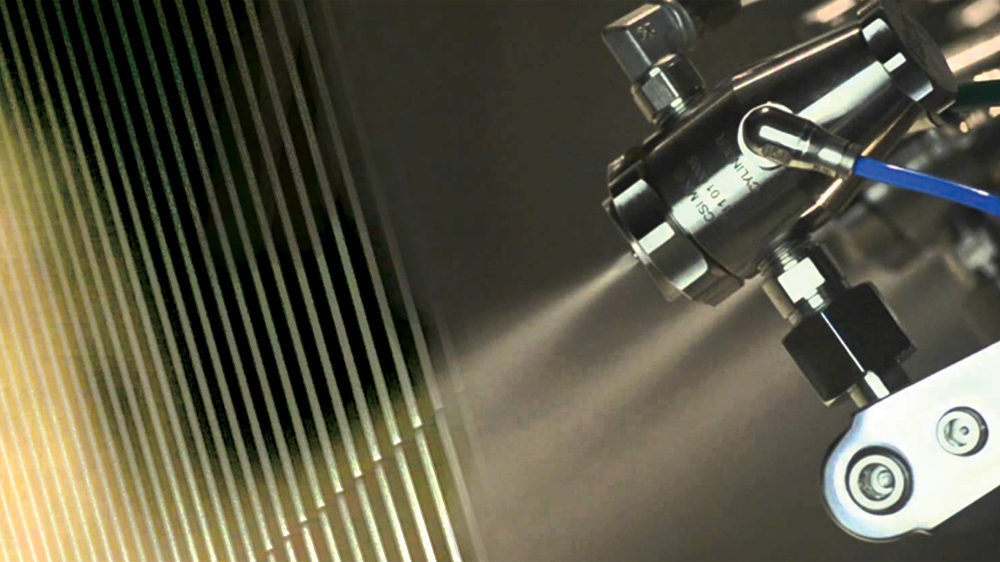
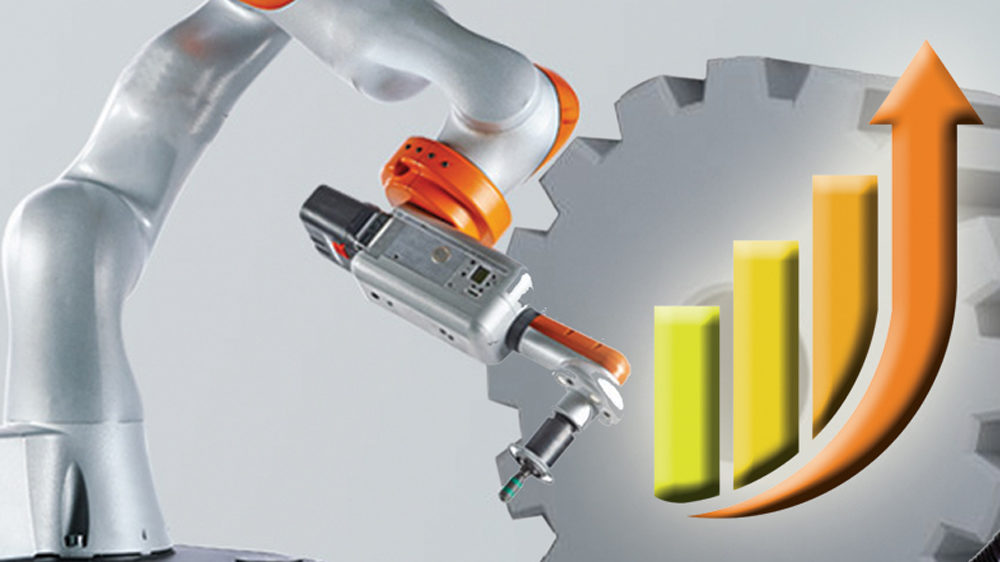





 English
English Hindi
Hindi